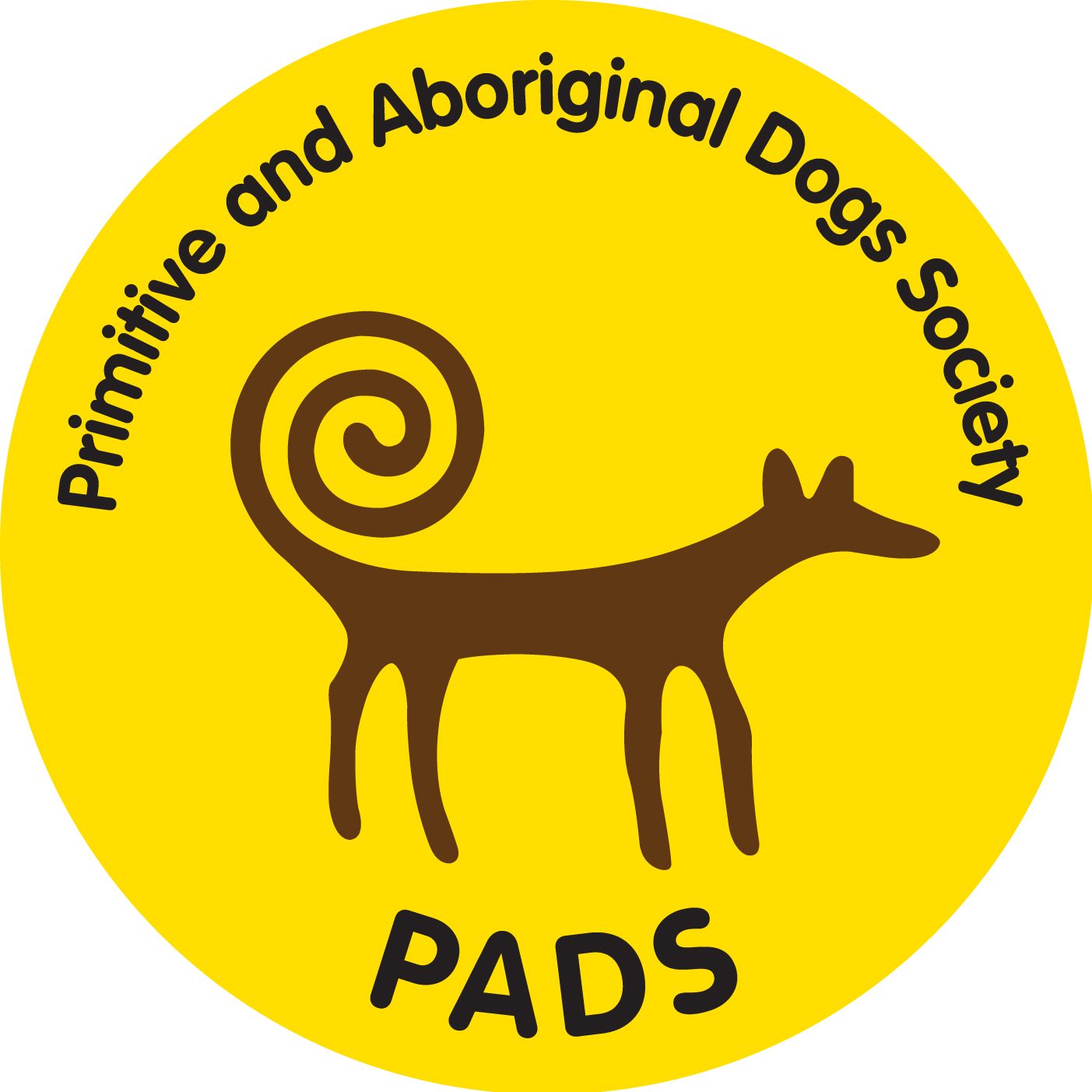The INDog (Indian Native Dog, Indian Pariah Dog)
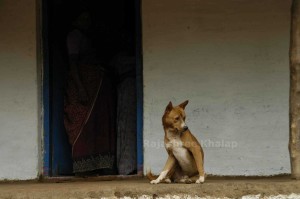
The Indian Native Dog (INDog) is an ancient, autocthonous landrace type of dog that is found all over India and Bangladesh. It was featured some years ago on National Geographic Channel’s film, “Search for the First Dog,†which was aired in the USA on March 11th, 16th and 18th, 2003, along with the other related ancient types such as the Canaan Dog of Israel and the feral Dingo of Australia.
This is the original autocthonous breed of the country, found free-living as a commensal of man all over the Indian sub-continent (comprising political India, Pakistan, Bangladesh and Nepal) in hamlets, villages, towns, cities and even in megapolises. Â Where not mixed with blood of European pet dogs or other breeds and types, it is remarkably uniform in morphology all across the entire country, barring the totally desert region. This aboriginal primitive type had received no recognition of any kind ever, whether from the dog show fancy and its registering authorities, or from scientists of biology or zoo-anthropology.
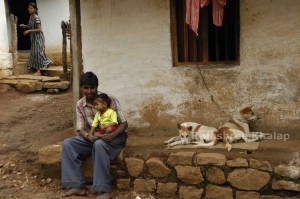
The type represents one of the few remaining examples of mankind’s original domestic dog and its physical features are the same as those of the dogs whose fossil remains have been found in various parts of the world, from very early remains in Israel and China to later ones such as those found in the volcanic lava at Pompeii, near Naples in Italy.
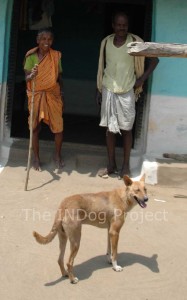
In India these were originally the hunting partners and companion animals of the aboriginal peoples of India, whose fossil remains date back to Neolithic (Late Stone Age) and early Chalcolithic (Copper Age) times. They are still found with the aboriginal communities who live in forested areas. They have also been referred to as ‘Santhal Hound’ in parts of India which are inhabited by one of India’s proto-Australoid aboriginal communities, the Santhal people of eastern India, who as with other aboriginal communities used these dogs for hunting in the age-old pattern of ancient mankind. This has significance in that it was these proto-Australoid aboriginals of India and their kin who were the types of human who had spread into South-east Asia and then further into Australia, taking these dogs with them.
All over the rest of India they are also found, living as human commensals that live wherever man lives, in villages, towns and even large cities, scavenging for whatever edible can be found. In cities and towns where modern European breeds of dogs have arrived as pets, these dogs have often become mongrels, but most of them still carry a large percentage of the blood of the original dogs of India. Nevertheless the original type is still found in the millions in villages throughout India, and are completely uniform in appearance and thus instantly recognizable. Although some are kept as household pets in the European manner, the majority are free-living dogs who establish their own ‘territories’ within a human neighbourhood, and are known to the human residents of the locality. They are not aggressive to humans, and are, in fact, keen to get human affection. They become very loving with those humans who show them recognition and affection.
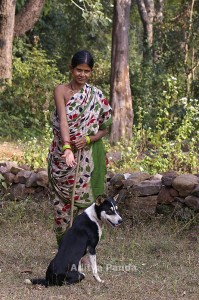
Since these dogs have never been selectively bred, their appearance, physical features and mental characteristics are created by the process of natural selection alone. In addition, they have lost none of the natural intelligence of the natural dog, and are thus capable of reasoning just like wild wolves, jackals and foxes. Being very intelligent, they are easy to train, but being independent thinkers, they are not very biddable (unlike German Shepherds, Labrador Retrievers and Border Collies, for example), and do not like dull, repetitive ‘obedience’ exercises. They are extremely agile and better climbers than most developed European breeds, and have a fondness for climbing on to high places, such as the tops of brick walls, raised platforms, and the like.
All unmixed INDogs retain the innate instincts of hunting in the ancient manner. This is a character trait which has not atrophied as yet through disuse. Given the opportunity, the instinct springs back to life, with or without human ownership or human leadership.
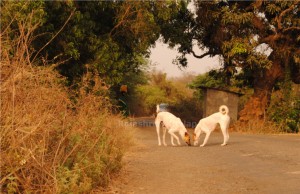
They breed only once a year, after the summer when the temperatures are dropping and the days begin to shorten, with the peak breeding season being in end-September to early October in the Northern Hemisphere. Puppies are born in the first half of winter, when the weather is cool and dry in most of India.
The INDog has not been recognized by any kennel club, such as the Kennel Club of India, or by the Federation Cynologique International (FCI), even though similarly ancient or ‘primitive’ dogs have been recognized. As far as numbers are concerned, the INDog probably has the largest numbers of any ancient type still present. It has been recognized by the Primitive and Aboriginal Dog Society (PADS), a world-wide grouping of enthusiasts which is based in the USA. Efforts are under way to have it recognized by the American Rare Breeds Association (ARBA).
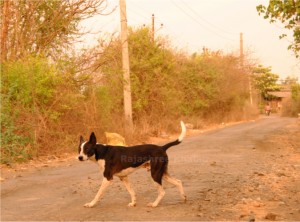
The INDog deserves special recognition as a gene-pool of value in the preservation of mankind’s first domestic animal in its original form, ‘undeveloped’ by humans in any direction in order to concentrate genes of a particular type through selective breeding either gradual or tightly controlled, for either morphological (eg, the Chinese Chow Chow) or physical-cum-temperament characteristics such as the Saluki, the working Border Collie, or the pastoral livestock-guarding landrace breeds. It has therefore retained both its ancient physical form, and also has not lost any of its mental faculties through selective breeding. It is a dog type with a vast gene-pool which can be used to counter many of the ills of over-tight selective breeding and inbreeding depression in many modern breeds. It also deserves to be seen as a pet and companion animal with no hereditary health defects and the most disease resistant, hardy and ‘easy-keeping’ breed of dog, with the lowest maintenance requirements other than love, companionship and outdoor exercise; a very worthy companion for a healthy human life-style.
Gautam Das
